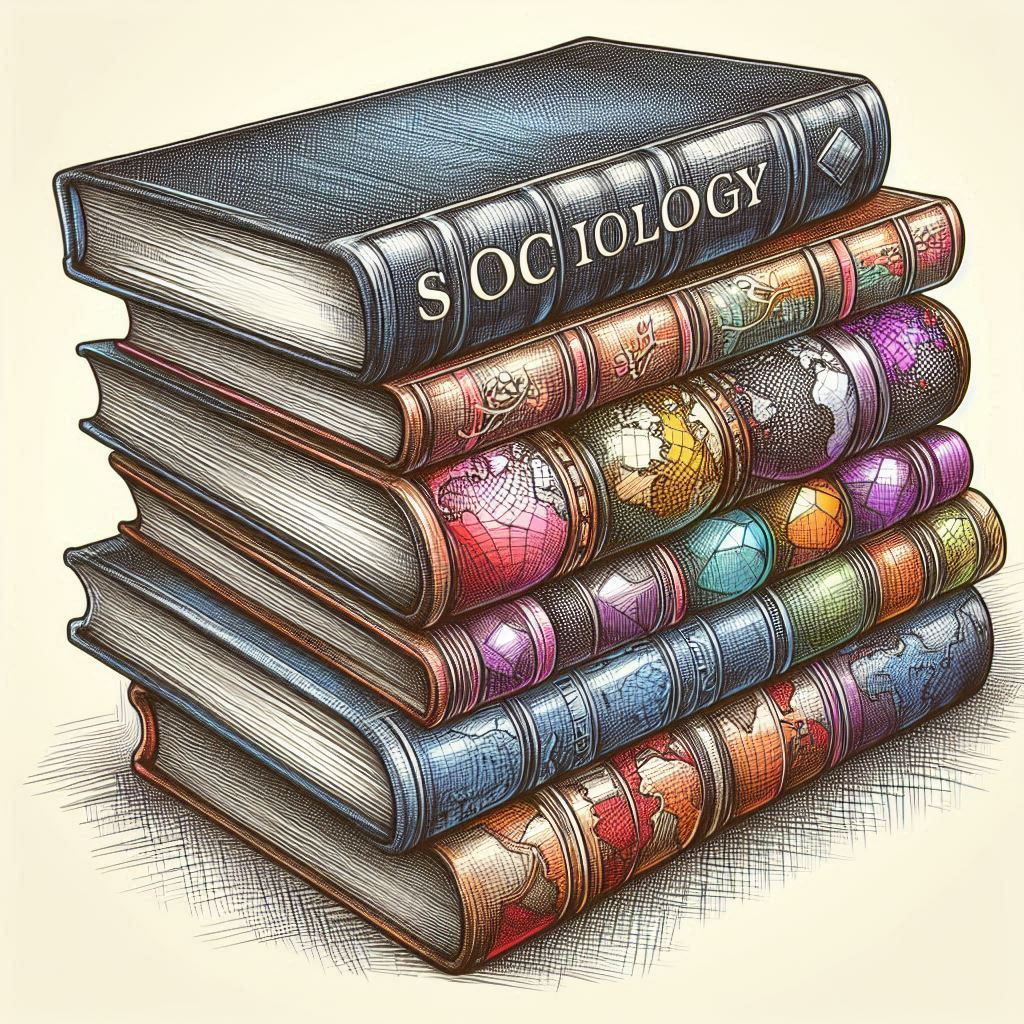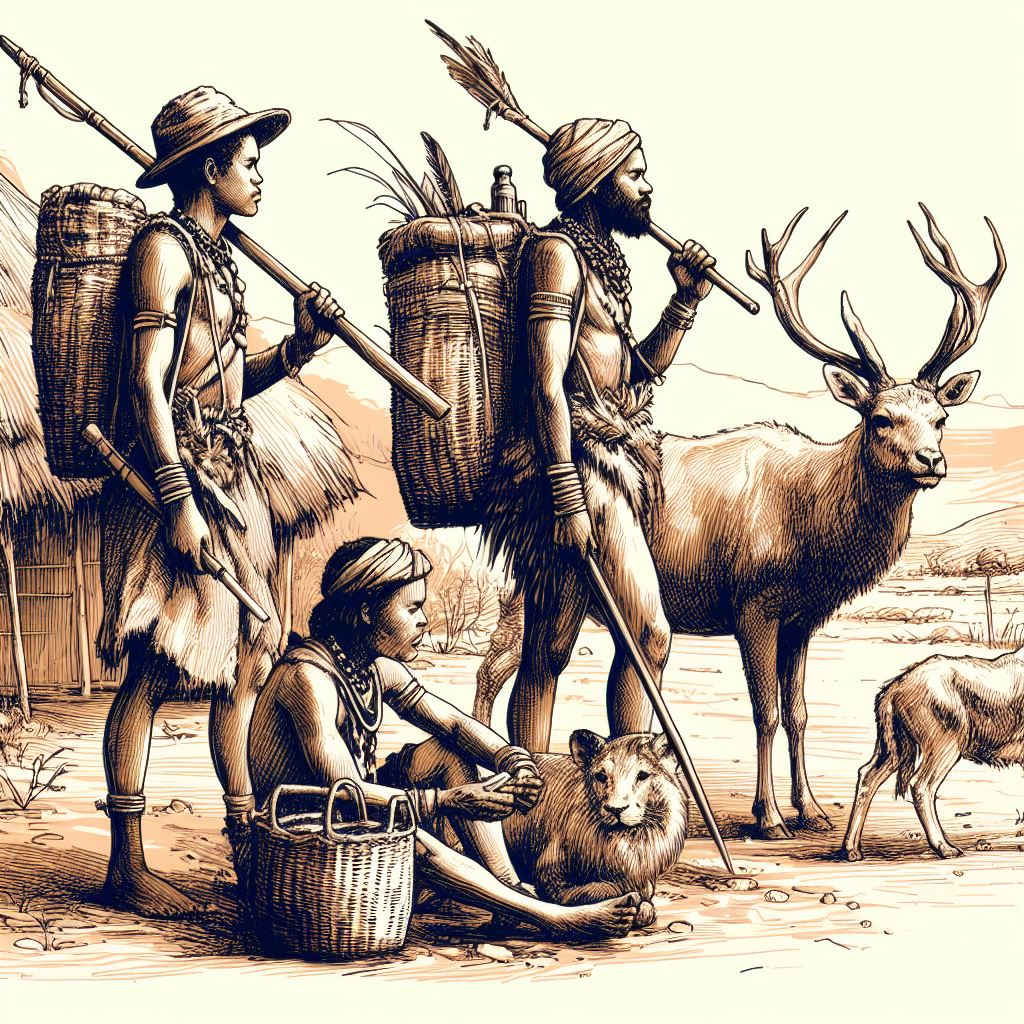Understanding Social Structure
Social structure refers to the enduring patterns of social relationships, institutions, and practices that exist within a society. It includes the organized and recurrent arrangements of power, status, and resources within a society. Social structure refers to the way that social institutions, such as the family, education, religion, and government, are organized and how they interact with each other. It also encompasses the roles, norms, and values that guide social behavior and shape individual experiences.
Social structure is not fixed but rather is subject to change and evolution over time. Different societies may have different social structures, and even within a single society, the social structure can vary based on factors such as class, gender, race, and age.
The concept of social structure is important in sociology and other social sciences because it helps to explain how society is organized and how individuals and groups interact within it. Understanding social structure allows us to analyze the distribution of power, status, and resources within society and to understand the impact that these structures have on individuals and groups.
Definitions
Sociologists have provided several definitions of social structure that highlight different aspects of the concept. Here are three definitions of social structure by prominent sociologists:
- Emile Durkheim: Emile Durkheim, one of the founders of sociology, defined social structure as “the set of relationships established between individuals or groups and characterized by a certain degree of stability.” He saw social structure as a result of social interaction and as a means of maintaining order and stability in society.
- Talcott Parsons: Talcott Parsons, a prominent American sociologist, defined social structure as “the patterned arrangements of social relationships.” He argued that social structure is composed of institutions and systems that shape behavior and interactions, and that these structures are necessary for the functioning of society.
- Robert Merton: Robert Merton, another American sociologist, defined social structure as “the set of interrelated roles, norms, and expectations that define the position of actors in a given social system.” Merton emphasized the role of social norms and expectations in shaping behavior and maintaining stability in society.
These definitions highlight different aspects of the concept of social structure, including its role in shaping social relationships, maintaining stability, and defining the position of actors in a given social system. However, they all share the idea that social structure is a fundamental aspect of society that influences the behavior and experiences of individuals and groups.
Elements of Social Structure
The elements of social structure refer to the building blocks that make up the organized and recurring patterns of social relationships, institutions, and practices within society. These elements are interrelated and work together to form the overall social structure. The following are some of the key elements of social structure:
- Institutions: Institutions are the organized structures and norms that regulate social behavior and define the roles and expectations of individuals within society. Examples of institutions include the family, education, religion, and government.
- Social Roles: Social roles are the expected behaviors and responsibilities associated with a particular social position or status. Individuals occupy multiple social roles in their lives, such as parent, worker, and citizen.
- Norms: Norms are informal rules and expectations that guide behavior within a society. Norms may be based on cultural traditions, moral principles, or practical considerations.
- Status: Status refers to the relative position of an individual or group within a society, based on factors such as wealth, education, and occupation. Status can influence access to resources, opportunities, and privileges.
- Power: Power refers to the ability of individuals or groups to control or influence the actions of others. It is a crucial element of social structure that shapes the distribution of resources and opportunities within society.
- Culture: Culture refers to the shared beliefs, values, customs, behaviors, and artifacts that characterize a society. Culture is a crucial aspect of social structure as it shapes norms, values, and beliefs and influences social behavior and experiences.
These elements of social structure are interrelated and work together to shape the experiences of individuals and groups within a society. Understanding the elements of social structure is important for analyzing and understanding the distribution of power, status, and resources within society and the impact that these structures have on individuals and groups.


